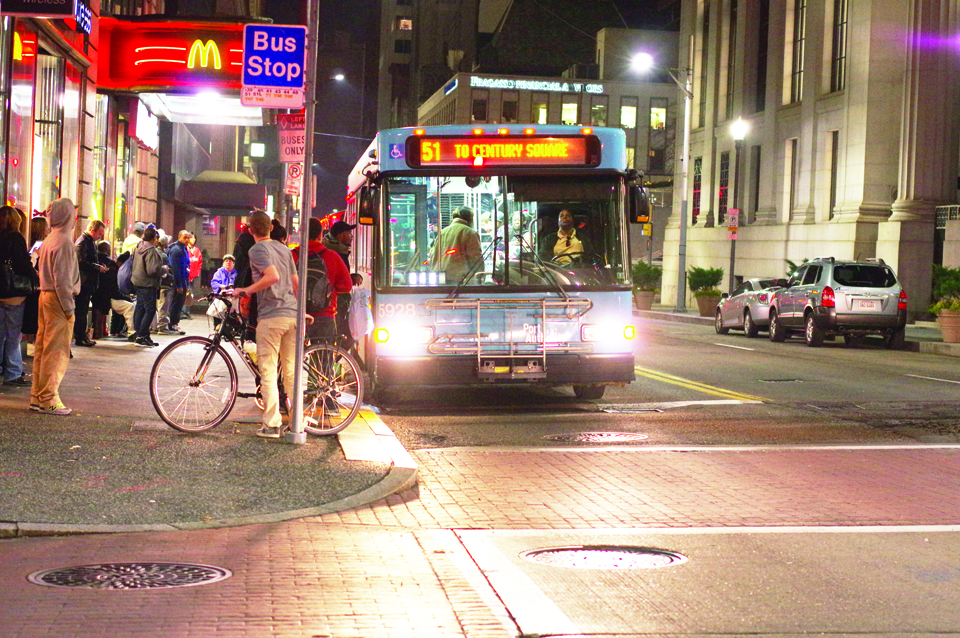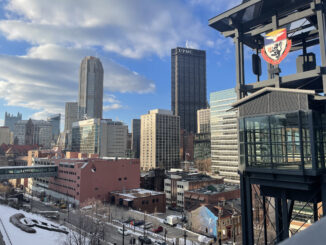
Staff Editorial:
Oct. 21, 2021
Despite the claim that the word is at our fingertips, the unreliability of many transportation and food service apps make them incredibly frustrating to use. Many people depend on these apps to either have drivers transport them from one location to the other or deliver food easily and quickly right to their door. However, problems such as higher prices, longer waiting times, and cancelations are causing grief amongst users of apps such as Uber, Lyft, UberEats and DoorDash.
Uber Technologies Inc. is known for their “convenient” transportation services, and has expanded to food delivery in recent years. There are 93 million active riders using the Uber app and 12.5 million active riders using Lyft each quarter, according to Backlinko.
Many people rely on these services to get them from place to place, but it is not always possible to get a ride to a specific location due to low driver turnout.
The average salary for an Uber driver in Pennsylvania is around $36,602, according to Statics.com. Still, many drivers have been experiencing pay reduction and, subsequently, wait time has gone up and even prevented service in some areas. According to CNBC, Uber and Lyft drivers were about 40% below capacity in 2020.
In order to accommodate drivers, cancellation fees are in place. A fee is charged if a driver has to wait on a rider for over two minutes. To combat the low turnout, giving drivers better reviews and larger tips may further incline them to stick with the position.
Although the number of drivers has gone down, people using food delivery apps is on the rise. These apps allow users to easily get a meal delivered from almost any restaurant of their choosing right to their door.
The main concern users face with these services is cancelation, which is also exacerbated by the lack of drivers. Essentially, the restaurant will have the food, they will be able to fulfill the order, but there is not a driver available to get the food to the customer.
We have had several experiences where UberEats has cancelled our orders. One editorial staff member on three separate occasions waited up to two and a half hours before the order was finally cancelled. Although the issue with the food wasn’t that the restaurant ran out, or that the driver couldn’t reach the location; the order was simply pushed back until the driver dismissed the initial pick up and delivery completely.
According to UberEats policy, “If a merchant runs out of an item or can’t accommodate your allergy or other special request, you may receive a notification giving you 10 minutes to update your order before it’s automatically canceled. You will not be charged if the merchant cancels your order.”
In our experience UberEats will delay your order until someone can pick it up. But if no one is in the area, then the order is ultimately cancelled. This may also have to do with the shortages in drivers since fewer drivers in the area make it harder for orders that fall through to get taken care of.
Restaurants, drivers, riders and pickup services must work together to make the process smoother and cost efficient for all parties, especially the drivers. Until then, good luck getting an Uber.




